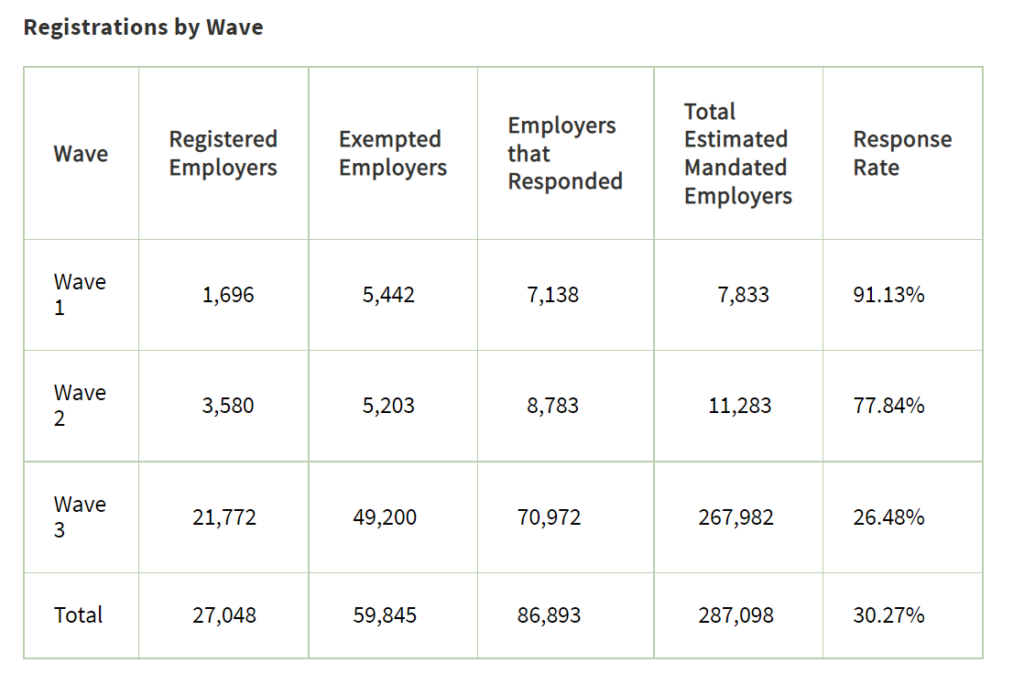Link:https://www.asppa-net.org/news/how-much-%E2%80%98enough%E2%80%99
Excerpt:
Looks like those hoping for some clarity on a threshold issue involving ERISA fee litigation will have to wait for another day.
I’m referring, of course, to last week’s ruling by the Supreme Court on the case of Hughes v. Northwestern University et al.—a case that the law firm of Schlichter Bogard & Denton—which seems to have “invented” this class of excessive fee litigation—said was having a “chilling effect” on this type of lawsuit, more precisely their ability to proceed to trial (or settlement). Consequently, ERISA fiduciaries were waiting anxiously for a ruling on the case, which involved allegations that Northwestern University had failed to comply with its fiduciary responsibilities with regard to the options available to plan participants.
Indeed, the allegations in this case weren’t all that different from the litany transgressions outlined in any number of such cases over the years—but in making their case to be heard by the nation’s highest court the plaintiffs’ attorneys (the aforementioned law firm)—had noted (complained?) that suits “with virtually identical” claims were being dismissed out of hand, while other courts were allowing them to go to trial. This they claimed was “…not a factual disagreement about whether the specific allegations at issue clear the pleading hurdle,” but rather “a legal disagreement about where that hurdle should be set.”
….
Consequently. some clarity as to how, and how much, must be established by those who file the suits before they get to take the issue(s) to trial is timely, to say the least. Or, said another way, how much is “enough.”
….
Rather, the court had merely determined that there were some prudent alternatives on the menu, and that the participants could choose them if they had an issue with those that (allegedly) weren’t as expensive and that, for that district court, was enough.
Author(s): Nevin E Adams, JD
Publication Date: 3 Feb 2022
Publication Site: ASPPA
